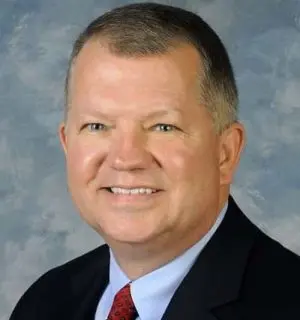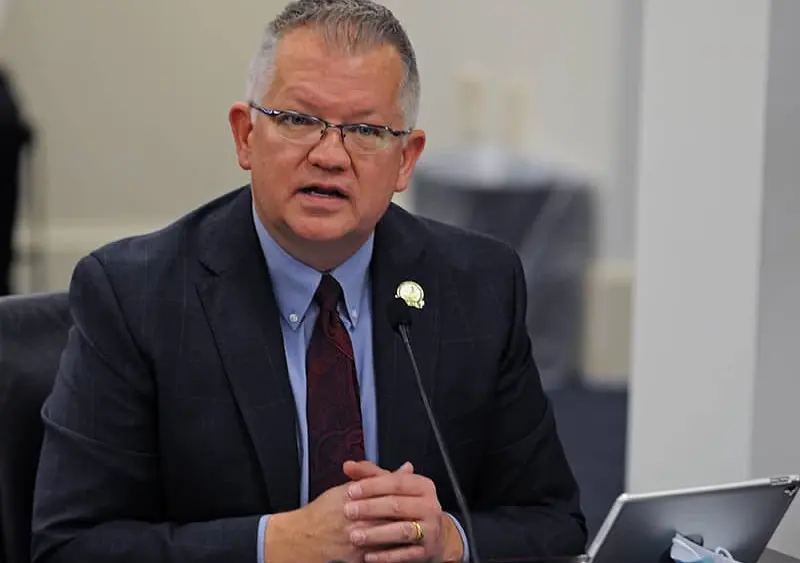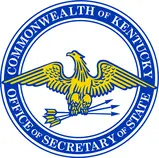
Disaster Prevention and Resiliency Task Force Update
(FRANKFORT, Ky.)-From the mountains of Eastern Kentucky to the farmlands in the west, nearly every corner of our state has felt the devastating effects of natural disasters in recent years. Kentuckians know firsthand the burden these tragedies impose when resources are stretched thin, families are displaced, and destruction continues to disrupt daily life long after the storms have passed. With disasters growing in frequency and intensity, it is imperative that we work with local, state, and federal agencies to take a coordinated, proactive approach to prevention, response, and recovery.
To better prepare Kentucky for future challenges, the General Assembly established the Disaster Prevention and Resiliency Task Force, which I am honored to co-chair, to study how the state prepares for, responds to, and recovers from disasters. Over the course of the 2025 interim, the task force has worked to evaluate existing disaster policies, identify shortfalls within emergency response agencies, and develop long-term recommendations to ensure Kentucky is fully equipped to withstand and recover from future events.
Recent disasters highlight the urgency of this mission. The December 2021 tornado outbreak in Western Kentucky, the deadliest in the state’s recent history, claimed more than 70 lives and devastated entire communities. In July 2022, historic flooding in Eastern Kentucky killed 45 people, making it the deadliest natural disaster in the region in more than 80 years. Just last spring, severe storms and tornadoes swept across central and western Kentucky, killing 19 and leaving widespread destruction in their wake. These tragedies underscore the need for a coordinated and proactive approach to disaster prevention, response, and recovery.
Kentucky’s Disaster Resilience Network
The task force has heard from several state agencies with key roles in disaster response. The Kentucky Division of Emergency Management (KYEM) provided an overview of the state’s flood response efforts and its role in coordinating search and rescue teams, maintaining five regional warehouses of emergency relief supplies, and overseeing Disaster Recovery Centers. KYEM emphasized the necessity of collaboration at the local, state, and interstate levels to maximize resources and ensure rapid, effective response.
The Kentucky Department for Public Health outlined its broad responsibilities during emergencies, ranging from safe food and water supply to mass shelter support and medical services. The department also serves as the lead agency for Emergency Support Function 8 under the National Response Framework, the national structure that integrates federal, state, and local disaster response efforts.
The Kentucky Department of Agriculture (KDA) shared insights on emerging threats to the state’s agriculture industry, including the risks of foreign animal disease outbreaks and agroterrorism. KDA’s Secure Food Supply Plan uses biosecurity measures to ensure animals can continue moving to commercial processing during a disease event, helping preserve the food supply chain. However, KDA also warned of troubling shortages in large-animal veterinarians and gaps in biosecurity practices that leave Kentucky vulnerable.
Private Sector and Community Perspectives
The task force has also benefited from outside expertise. The American Flood Coalition and Pew Charitable Trusts presented national models for flood planning and resiliency, highlighting strategies other states have successfully implemented. Researchers from Western Kentucky University’s Disaster Science Operations Center discussed how forecasting and data-driven strategies can help communities prepare more effectively for severe weather.
Local nonprofits have played a critical role in informing the task force’s work. The Mayfield-Graves County Long-Term Recovery Group and Community Action Kentucky described their hands-on experience supporting displaced families, helping communities rebuild, and ensuring vulnerable Kentuckians are not left behind. Grant Ready Kentucky shared how communities can better leverage federal funding opportunities to invest in infrastructure and resilience measures that make them more self-sufficient in the face of disasters.
Looking Ahead
While testimony has covered a wide range of issues, several clear themes have emerged. Kentucky must invest in stronger infrastructure—including roads, water systems, and communications networks—that can withstand increasingly severe natural disasters. Coordination between government agencies, private industry, and nonprofits is essential to maximize resources and avoid duplication of effort. And, ultimately, disaster response requires a layered, comprehensive approach that looks beyond immediate relief to sustained, long-term recovery.
The task force’s work is far from finished, but the conversations so far have provided valuable guidance for lawmakers. By listening to state agencies, local communities, industry leaders, and nonprofit partners, members are laying the groundwork for future policies that will protect Kentuckians and strengthen the resilience of communities across the Commonwealth.
As always, I can be reached anytime through the toll-free message line in Frankfort at 1-800-372-7181. You can also contact me via email at Chris.Freeland@kylegislature.gov and keep track through the Kentucky legislature’s website at legislature.ky.gov.





